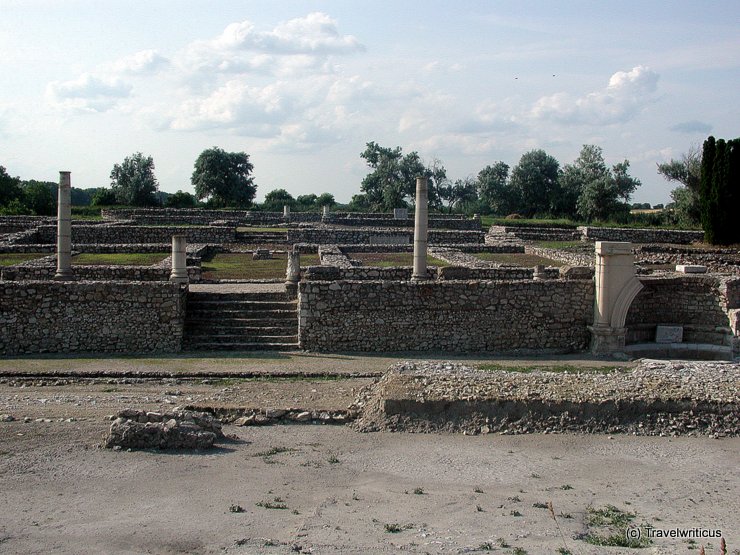
The Gorsium Archaeological Park near Tác tells about life in this region during the ancient age. The Roman influence started here with a fort protecting a road junction and a ford of the Sarviz River in the middle of the 1st century. [German]
You only see what you know (Goethe)

The Gorsium Archaeological Park near Tác tells about life in this region during the ancient age. The Roman influence started here with a fort protecting a road junction and a ford of the Sarviz River in the middle of the 1st century. [German]
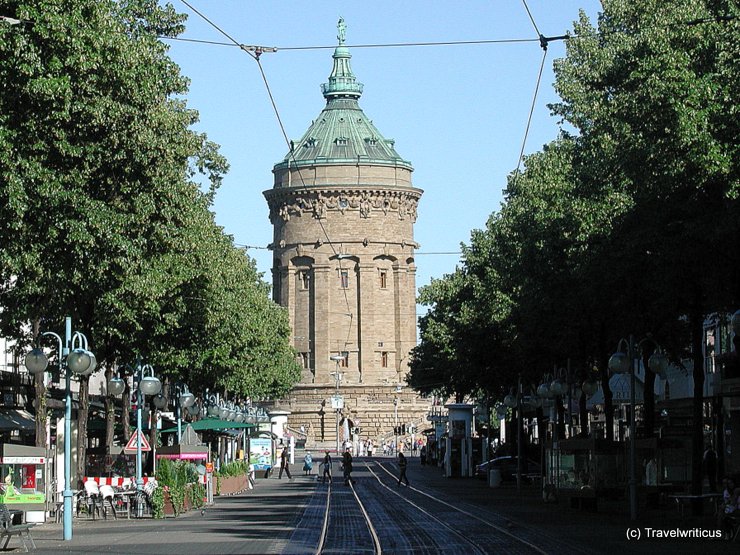
This water tower in Mannheim is the landmark of the Quadratestadt (Square City). You find it on Frederick Square (Friedrichsplatz). It was built according to plans by Gustav Halmhuber in 1886-1889. [German]

In this summer house formerly owned by Josef von Eggenwald (Eggenwaldsches Gartenhaus), the Peace Treaty of Leoben was signed between the Holy Roman Empire and the First French Republic on April 18th, 1797. This signing was an important event at the end of the “War of the First Coalition”. [German]
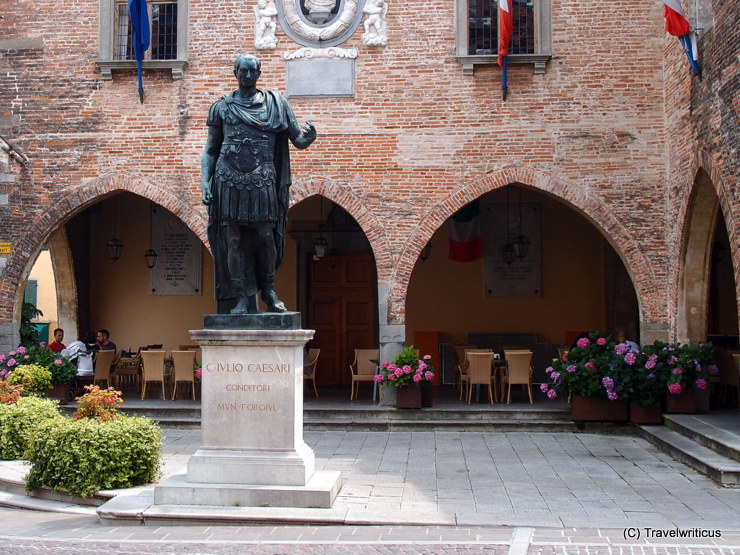
This monument in Cividale del Friuli reminds us of Julius Caesar, who founded the city in 50 BC. Its founding name was Forum Iulli. The name of the area of modern Friuli originates from this ancient city name. [German]
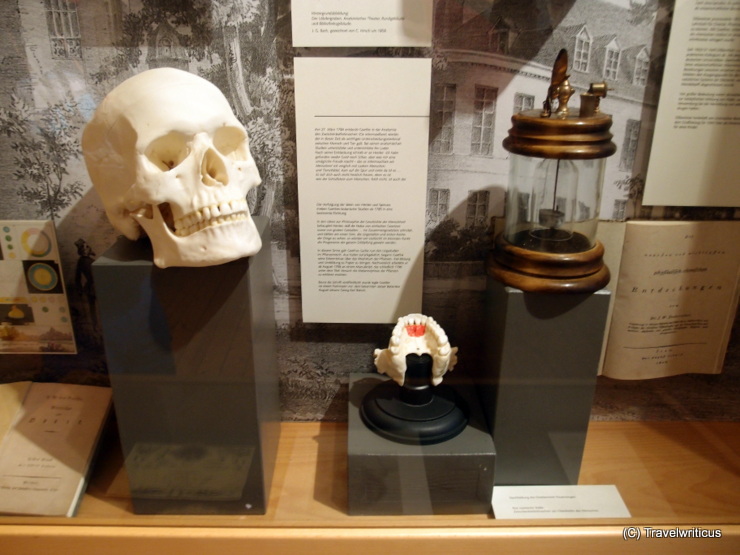
This showcase in the Romantikerhaus in Jena recalls that Johann Wolfgang von Goethe also worked as a scientist. For example, he dealt with the incisive bone. Contrary to his assumption, he was not the discoverer of this bone. [German]
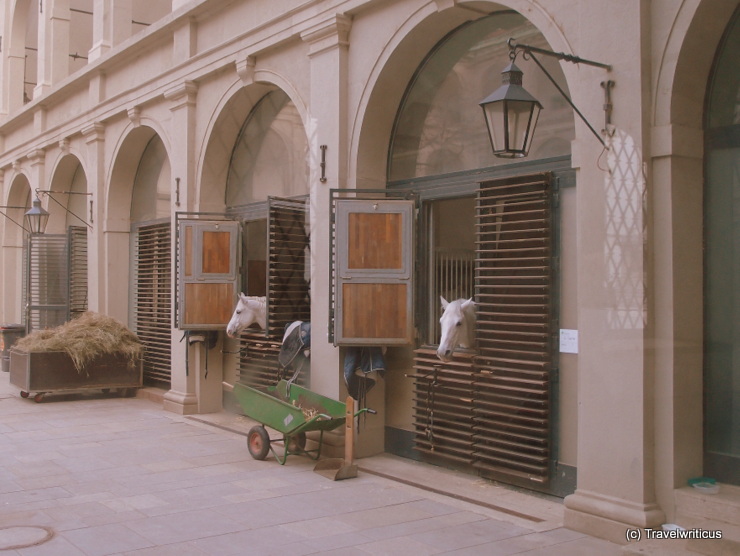
A chance to see the famous Lipizzaner horses of the Spanish Riding School for free is at the Stallburg building. This former residence is placed next to the Winter Riding School. Between the training and the performances, the Stallburg is the home of the white stallions.
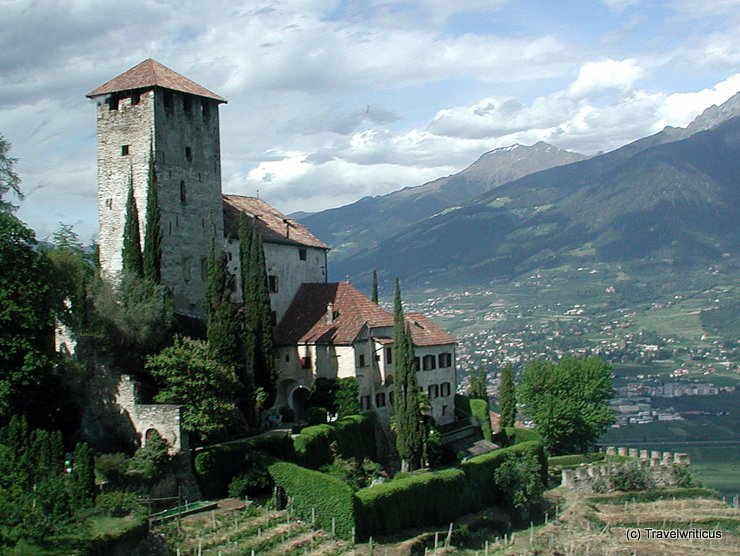
Lebenberg Castle (Castel Monteleone) is a 13th-century castle in Tscherms, a place in the region of Merano. During a guided tour, you experience a fully furnished castle with a Rococo-style hall of mirrors and a three-floor high chapel of the 14th century. [German]

In Nuremberg, there is some modern architecture inside the medieval town walls. As a result, the glass façade of the Neues Museum reflects the city wall like a mirror. By the way, the museum shows pieces of contemporary art and design.
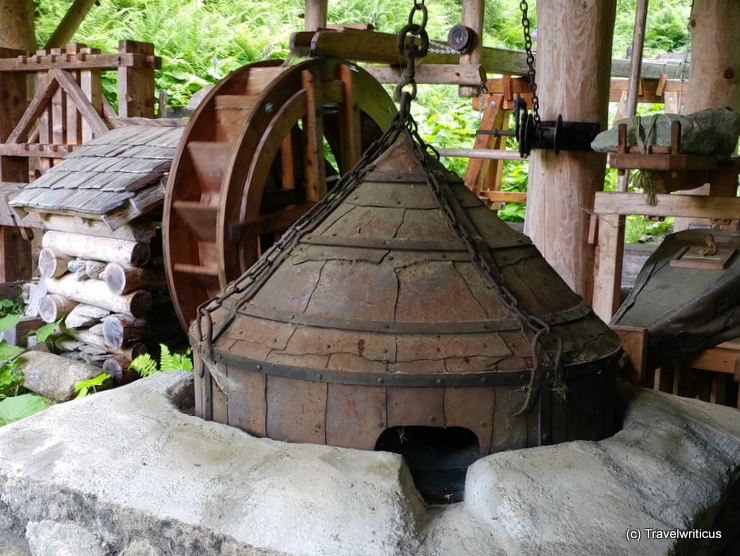
The Knappenwelt (Pitmen’s World) in Angertal is an open-air museum about the late medieval gold and silver smelting in the Gasteinertal area. It is a station of the Via Aurea, which focuses on gold mining in the Austrian Tauern mountain ranges. [German]
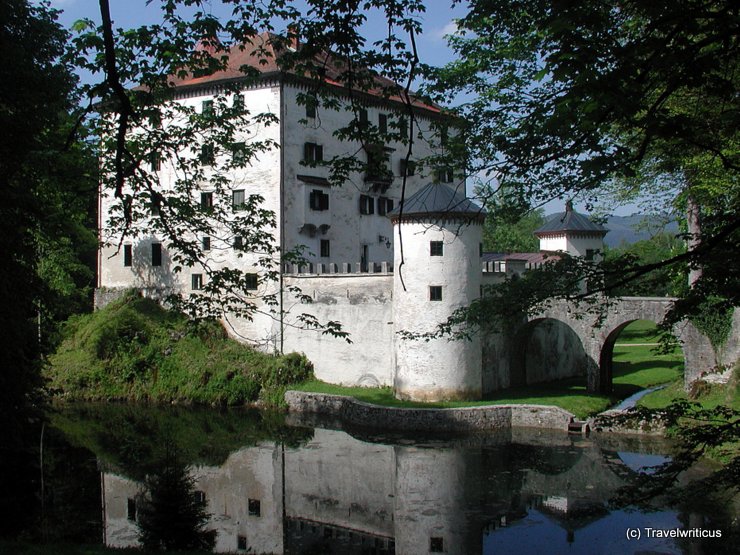
Snežnik Castle (Grad Snežnik) was first mentioned in 1268. I was especially impressed by the complete interior furnishing of the late 19th century. So, this place gave me a good impression of the noble lifestyle in that period. [German]
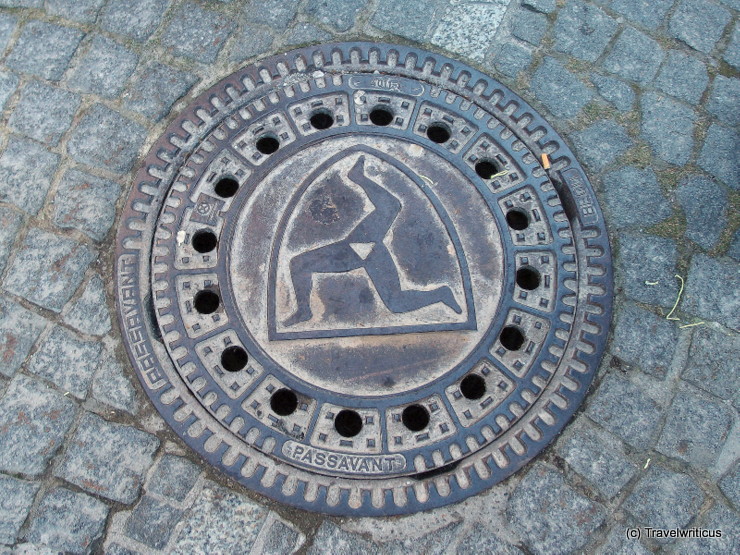
On the manhole covers in Füssen, you see the local city arms showing three legs. This is a fine example of canting arms. The German word for feet is “Füsse”. But why sounds this Bavarian town name like a body part?
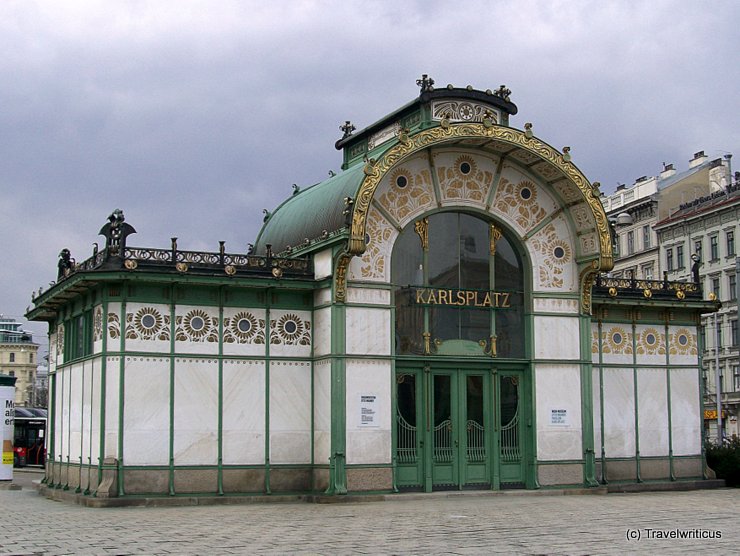
This Art Nouveau pavilion dates back to 1898. Architect Otto Wagner designed it as a station building for the Viennese Metropolitan Railway (Wiener Stadtbahn). Today the Otto Wagner Pavillon houses a museum about this famous urban planner.